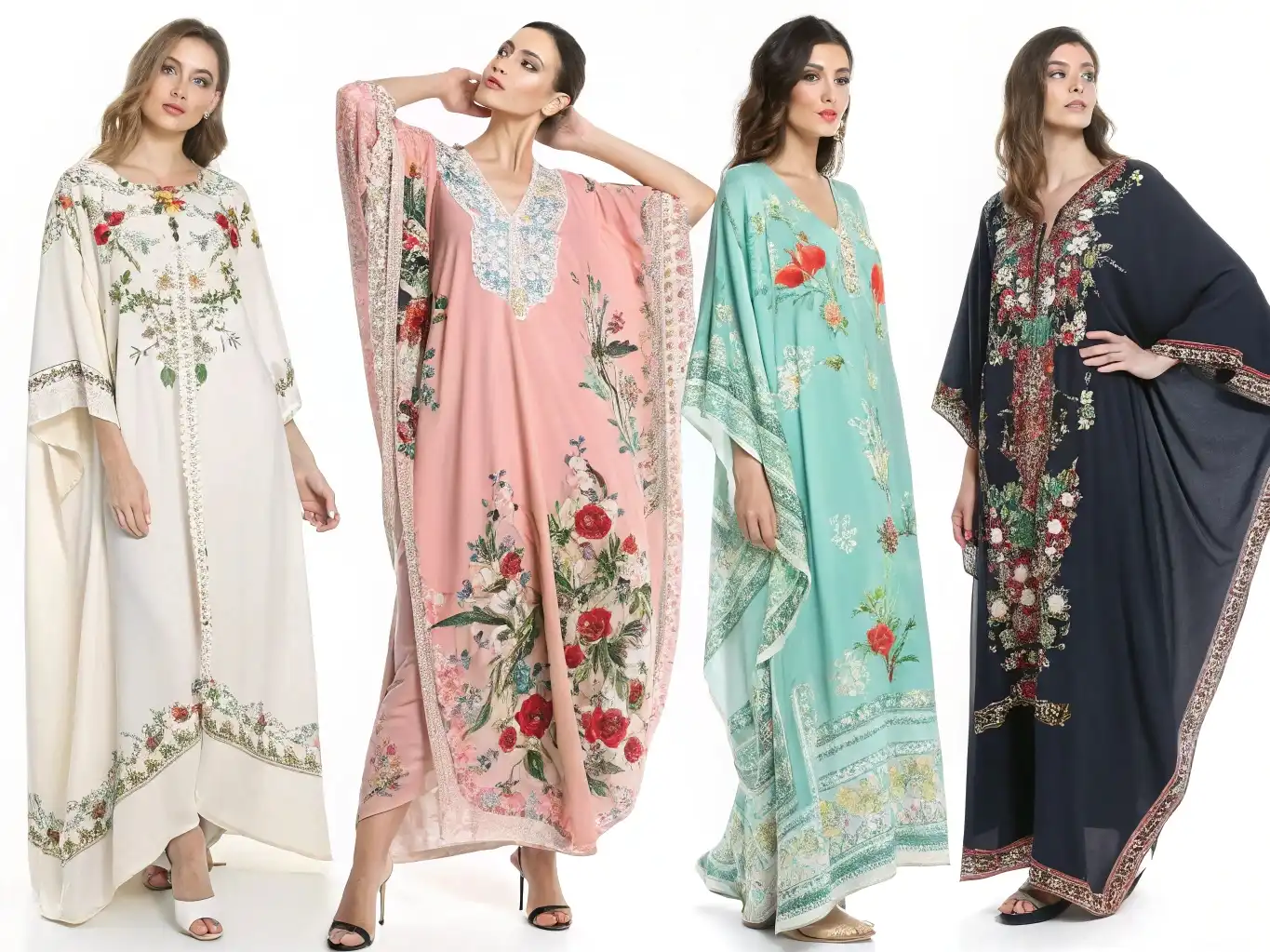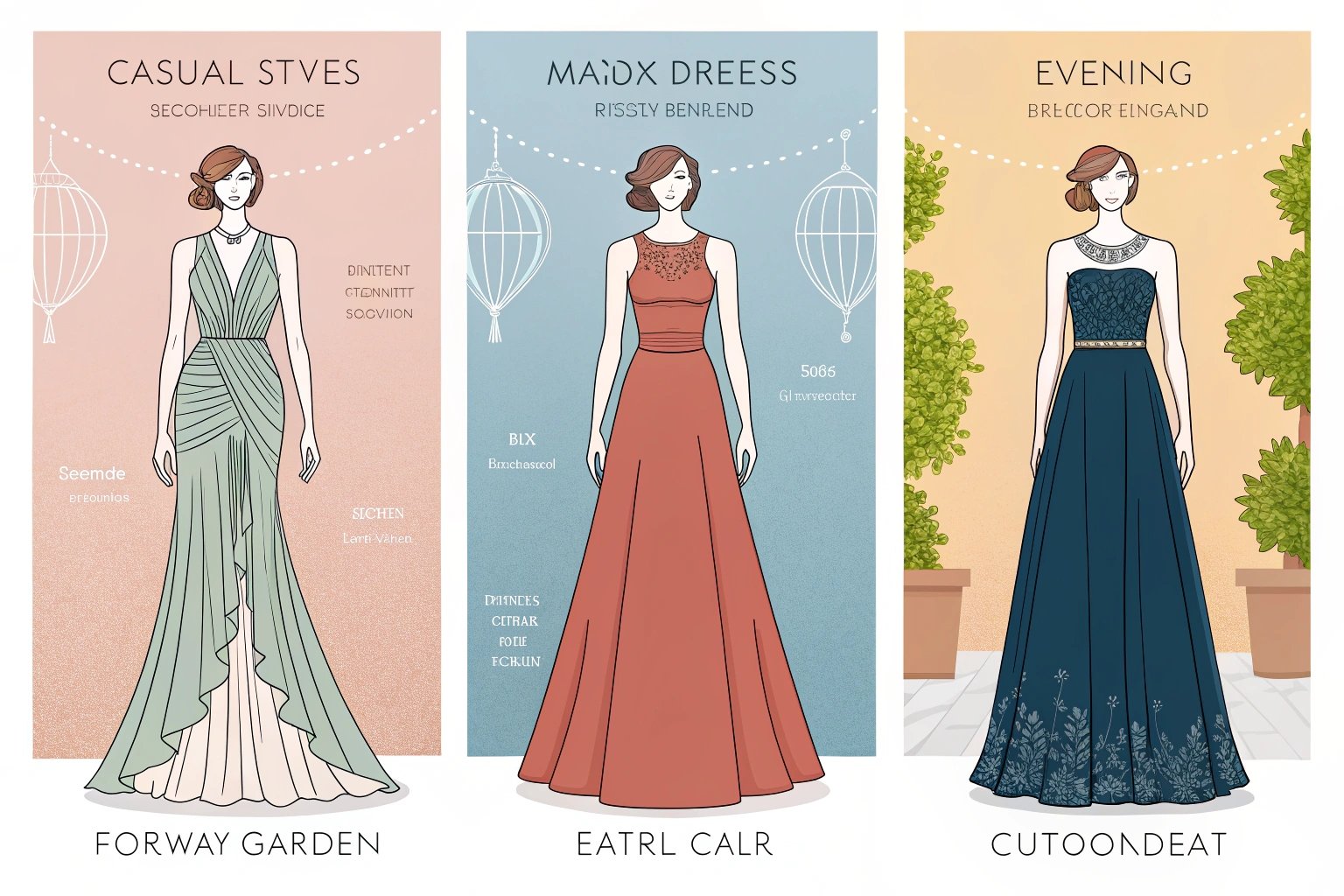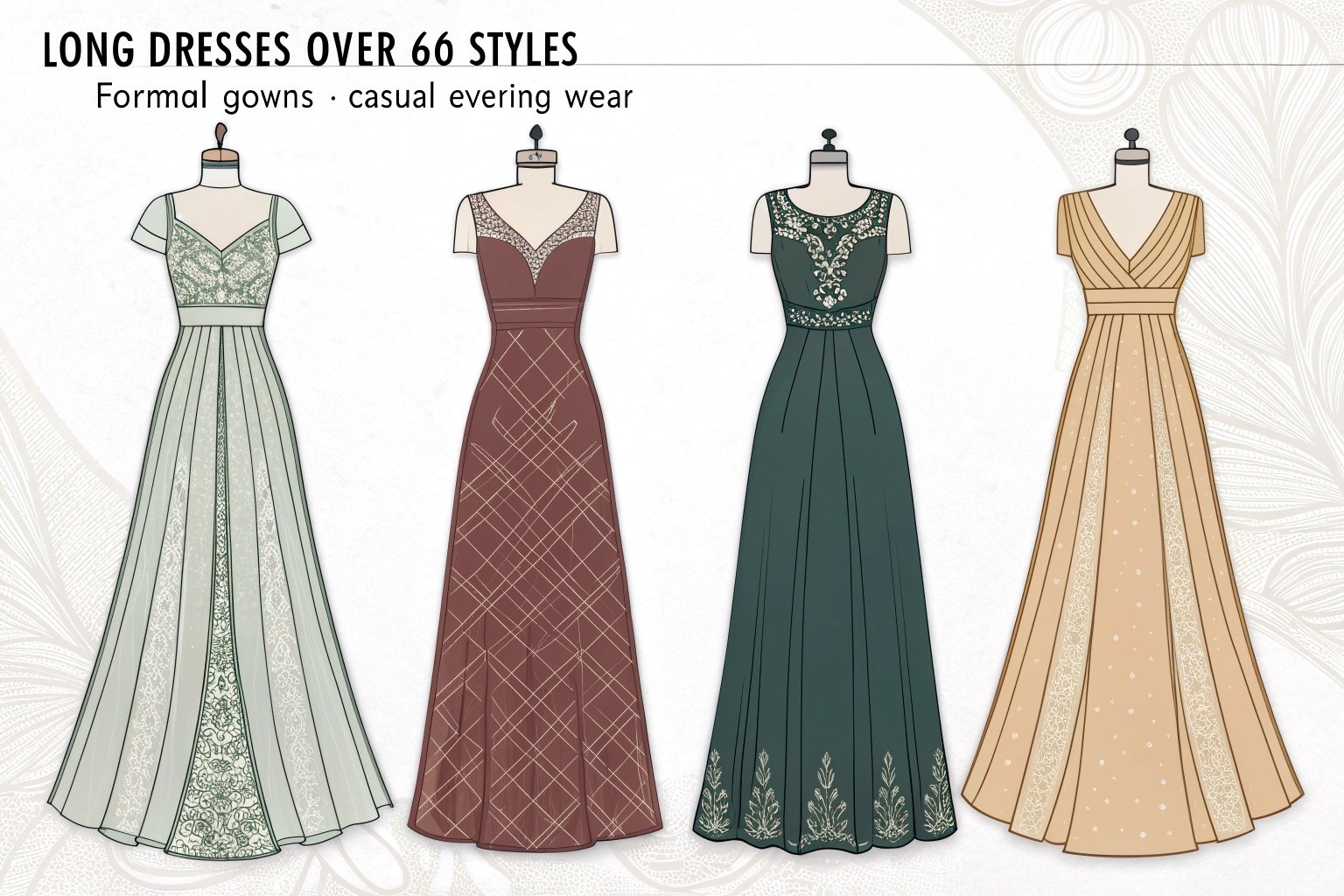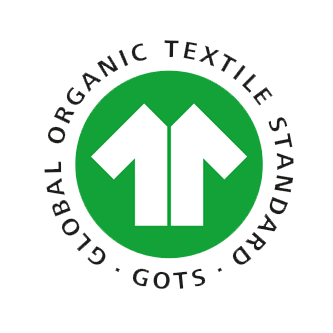Jersey fabric is one of the most requested knit options for dresses, tops, and loungewear. It’s soft, stretchy, and highly versatile—but like any fabric, it has drawbacks that buyers and designers need to consider.
The main disadvantages of jersey fabric are its tendency to cling, curl at the edges, show wear quickly, and offer limited structure for certain designs. Not all jersey fabrics are created equal, so understanding the limitations can help avoid costly mistakes.
Let’s look at where jersey falls short and how to work around its downsides in a smart, scalable way.
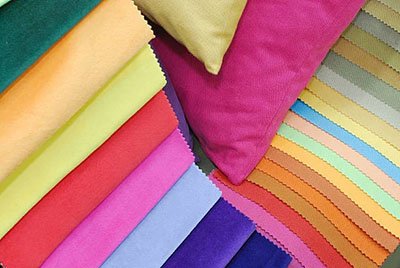
Is jersey a good quality fabric?
Quality depends on fiber, knit density, and finishing techniques.
Jersey can be high quality when made from durable fibers and finished properly—but low-quality versions stretch out, pill, and lose shape quickly.
What affects jersey quality?
- Fiber content: Cotton, modal, and bamboo blends perform better than polyester-heavy versions.
- GSM (fabric weight): Lighter jerseys under 150 GSM often lack opacity and longevity.
- Knit construction: Loosely knit jersey is prone to holes, curling, and misalignment.
- Finishing: Anti-pilling treatments and pre-washing improve stability.
What we use at Xzapparel
We stick to 180–220 GSM cotton-spandex or rayon blends for better shape retention, especially for bodycon and wrap dresses. Every roll is tested for shrinkage, stretch recovery, and pilling.

Is jersey better than cotton?
This depends on the specific use case.
Jersey is actually a form of cotton or blended cotton, but it behaves differently than woven cotton. It’s better for stretch, comfort, and drape—but worse for structure and crispness.
Comparison table: Jersey vs. Woven Cotton
| Feature | Jersey Knit | Cotton Woven |
|---|---|---|
| Stretch | High | None (unless spandex) |
| Drape | Flowy | Crisp |
| Structure | Low | High |
| Wrinkle Resistance | Good | Poor |
| Sewing Ease | Intermediate | Easy |
Ideal use cases
- Jersey: T-shirts, wrap dresses, casualwear
- Woven cotton: Shirt dresses, structured pieces, uniforms
Our recommendation
Don’t choose one over the other universally. We often combine both in one collection—jersey for comfort styles, cotton for tailored silhouettes.
What common problems do buyers face with jersey?
We’ve worked with clients worldwide and have seen the same jersey issues come up.
Jersey fabric challenges include transparency, over-stretching, curling edges during cutting, and inconsistency between batches.
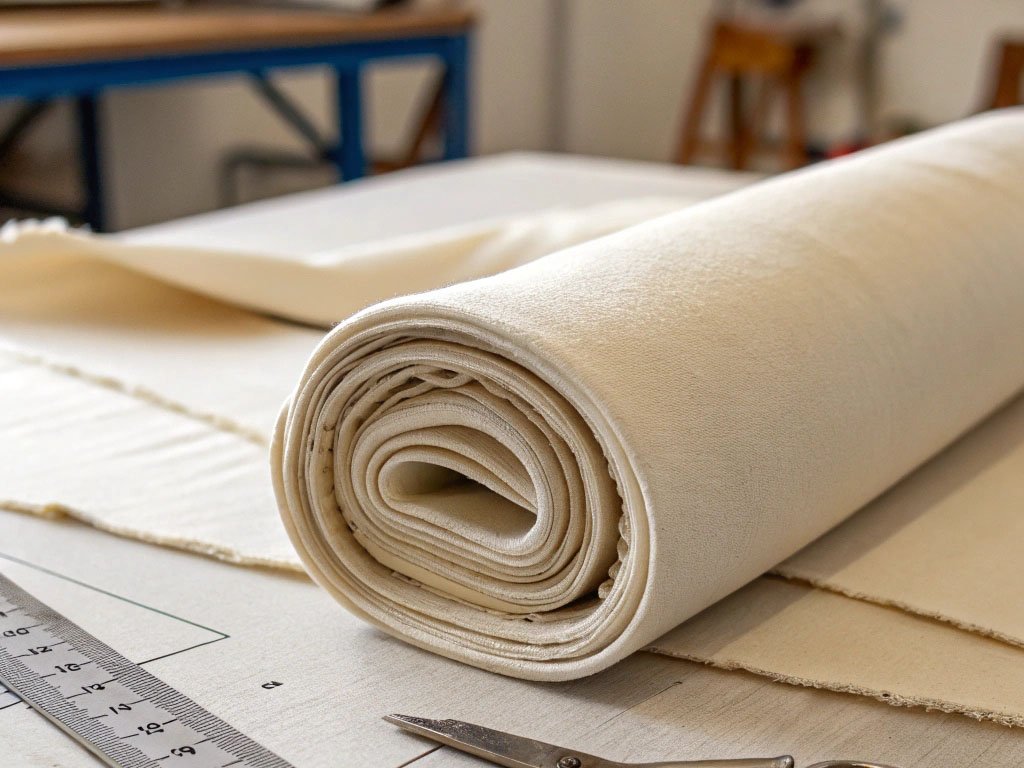
Frequent jersey-related complaints
- Too clingy: Especially in body-hugging silhouettes without lining
- Shows underwear lines: Thin jersey emphasizes every detail
- Fabric distortion: After multiple washes, poor-quality jersey stretches out
- Color fading: Especially in dark-dyed or printed jerseys
- Pilling: Surface fuzz after just a few wears
How we address them
- Recommend heavier jersey for fitted styles
- Add soft lining or double-layer sections (bust, hips)
- Conduct stretch and wash cycle tests
- Source yarn-dyed fabrics where possible for deeper color retention
Does jersey stretch out over time?
Yes—especially when poorly knit or made with low spandex content.
Jersey with low elastic recovery can lose shape around necklines, hems, or tight areas like knees and elbows. Repeated wearing or pulling increases the risk.
Preventing over-stretch
- Use at least 5% spandex in cotton jersey for bodycon fits
- Reinforce seams and use topstitching on stress areas
- Offer washing instructions: avoid high heat or wringing
What we do
We specify recovery tolerance in every tech pack. If a sample doesn’t return to shape after 3 stretches, we adjust fiber blend or construction.

Why does jersey fabric curl at the edges?
Edge curling is a structural trait of single-knit jersey.
The edges of jersey rolls naturally curl inward due to the tension created in the knitting process. This makes cutting and hemming more difficult, especially in lightweight fabric.
Solutions we apply
- Use pattern weights and rotary cutters for accuracy
- Apply spray starch or fusible stay tape during cutting
- Recommend cover-stitch or binding on curled edges
How do we help clients avoid costly mistakes?
Understanding jersey’s limits helps avoid design errors and quality issues.
We always guide clients to choose fabric type based on silhouette, target market, and use case—not just trend.
Our quality assurance steps
- Pre-wash testing to assess shrinkage and curl
- Pilling resistance scoring (1 to 5 scale)
- On-body fitting tests to verify drape and coverage
Real example
A client planned a wrap dress line using ultra-light cotton jersey. We suggested switching to rayon-spandex at 200 GSM to avoid neckline gaping and transparency issues. The line sold out in three weeks.
Conclusion
Jersey fabric isn’t perfect—but when you understand its downsides and choose wisely, it becomes a powerful tool for soft, stylish garments. At Xzapparel, we guide our partners to use jersey where it excels, avoid where it fails, and build collections that balance comfort, durability, and commercial success.


